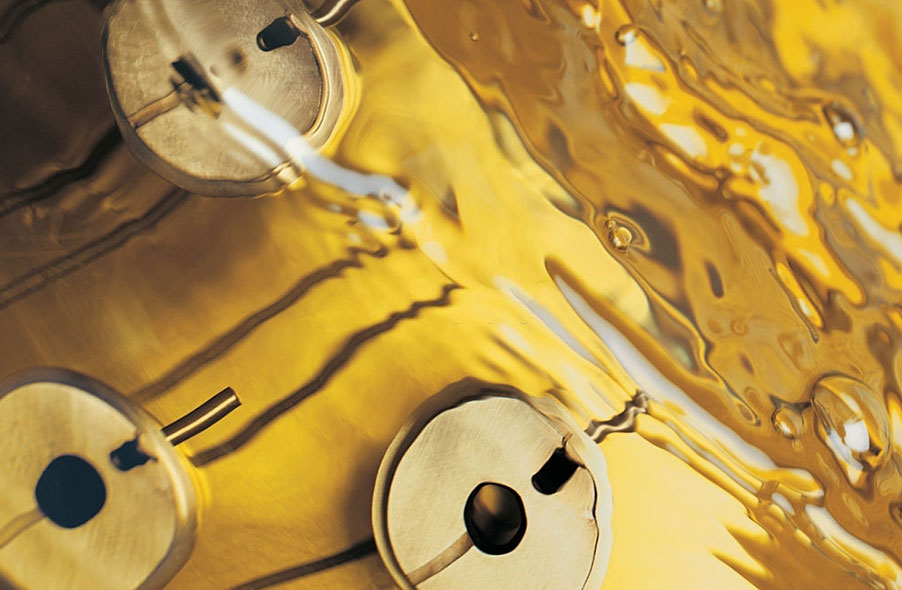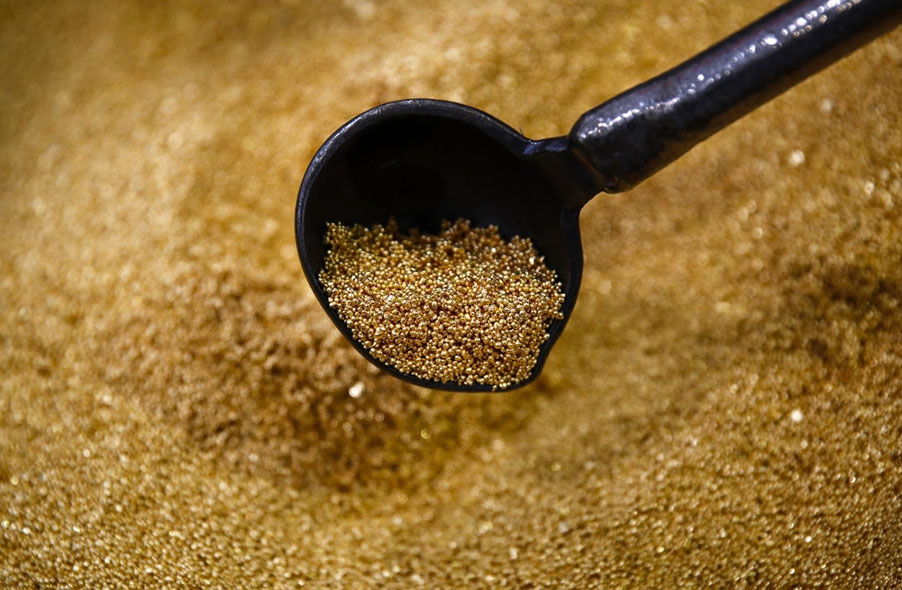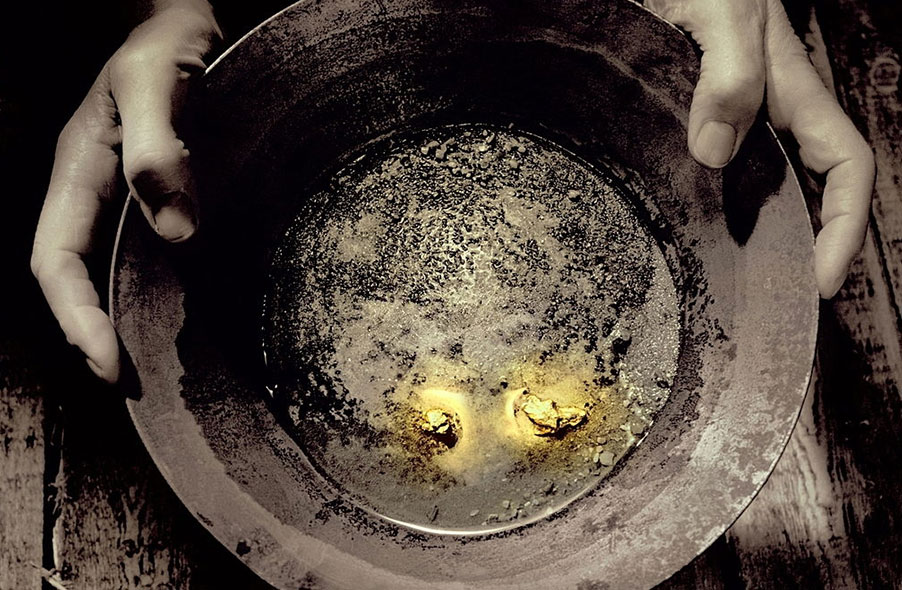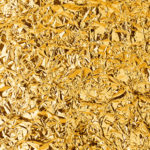Few people don’t own gold in some form or another. It might be as simple as a gold wedding band or locket, or gold bars or coins purchased as an investment. It could also be trading in gold, be it gold options and futures, gold IRAs, gold ETFs, gold mining shares, or something else.
The decision to purchase gold in today’s market can depend on several factors. When buying actual gold, you’ll first need to understand that “karat” tells you the purity of the gold in question.
- 24 karat = pure gold
- 14 karat = 14 parts gold, 10 parts something else
- 10 karat = 10 parts gold, 14 parts something else
So, what is that “something else”? Other metals, mostly. Gold doesn’t come out of the earth as pure gold. That nugget or gold dust you might have seen on television shows about the Gold Rush needed to be refined to become the gold ultimately used for jewelry, coins, bars, and so forth. Gold refining is a process to remove impurities (the “something else”) and can be done in various ways.
Common Terminology Used in Gold Refining
Large-scale refineries: Gold refineries that are large enough to be governed by regulatory controls and must meet a variety of environmental and safety standards.
Small-scale refineries: Also known as artisanal refineries, these are simple operations with low labor costs and capital requirements. Jewelers are an example.
Base metals: These are nonferrous metals that are abundant and readily extracted. They are not precious metals or noble metals. Examples include tin, lead, nickel, copper, zinc, and aluminum.
PGMs (platinum group metals): These are the six densest metals: iridium, osmium, palladium, platinum, rhodium, and ruthenium.
Unrefined gold: Gold that has not had impurities removed.
Pure gold: Gold that has had impurities removed and is considered 24 karats.
Gold refining: Using one or more methods for removing impurities from unrefined gold.
Gold impurities: Anything that isn’t gold.
Acid Method – Aqua Regia Process
The key to removing impurities is to get them to separate from the gold. Aqua regia is the name given to a mixture of nitric acid and hydrochloric acid. This combination is intensely powerful—more than the individual acids. In this process, the gold itself is actually dissolved and then precipitated after siphoning out the gold impurities.
This method is typically used by refiners doing small to medium batches requiring 99.9% purity. This practice is commonly used because it is not time-consuming. It is effective at removing nearly all gold impurities with the upshot that if platinum is present, it doesn’t dissolve and can be separately refined.
Interestingly, when gold is dissolved, it is not recognizable by most people. German Nobel laureates James Franck and Max Von Laue used this to their advantage in 1940. They dissolved their gold Nobel medals, which kept Nazi soldiers from confiscating them. Later they had the medals recast.
Fire Method
Heating unrefined gold causes it gold to melt while the impurities float to the surface, where they can be removed. Smelting gold was the first refining method to be used, dating back six to eight thousand years ago. It was the only method at that time because acids, gases, and electricity were not yet discovered.
Electricity Method – Wohlwill Process

In 1874, Emil Wohlwill discovered that electricity could be used to purify gold. This method requires three components:
- Cathode
- Anode (the unrefined gold)
- Electrolyte solution
Another method must initially be used as the cathode is made from refined gold. The cathode is suspended in the solution. An electric current is passed through. The impurities are dissolved, becoming a slime that sinks and can be treated separately to recover the base metals, as well as palladium and platinum.
Pure gold is drawn from the anode to the cathode. This is a longer process than other methods but delivers 99.99% purity. It cannot be used with unrefined gold-containing more than 10 percent silver. Initial gold content must be roughly 96 percent.
Fizzer Cell Process
This process is a small-scale version of the Wohlwill process. It doesn’t take 24+ hours like the Wohlwill process, which makes it appealing for smaller operations such as jewelers. It has the advantage of working with anodes that contain more than 10 percent silver.
Chlorine Gas Method – Miller Process
In 1867, Francis Bowyer Miller patented his gold refinery process utilizing chlorine gas. A purity of 99.5% is achievable with this method. The unrefined gold is first melted and then a stream of pure chlorine gas is blown over it, turning the impurities into salts that are then removed.
PGMs are not removed during this process, which is used when pure gold isn’t necessary, such as for use in electronics and other manufacturing. The Miller process is typically used by large-scale rather than small-scale refineries.
Pyrometallurgical Process
This is a specialized gold refining process that is necessary if the unrefined gold contains copper. It also removes base metals but does not remove silver or PGMs, which is why it is not generally used by large-scale refineries.
Cupellation Method
This method has a long history. Cupellation was used during the early Bronze Age, though it was used for silver at that time rather than gold. A cupel is a flat bowl that is resistant to high heat. The impure gold is placed inside and then put into a furnace. The hot air causes some impurities to vaporize. Others are absorbed by the cupel. This method removes only base metals, not silver or PGMs. It is used by both small-scale and large-scale refineries when pure gold is not the goal.
Combining Methods
It’s not unusual for large-scale gold refining operations to utilize more than one method to achieve the desired purity. The goal is to handle the process in the fastest, safest, most cost-effective manner. Combining the Miller and Wohlwill processes is an example. This combination allows the rapid Miller process to do its job to get to 99.5 percent purity, while the Wohlwill process finishes the task to get to 99.99 percent purity.
It also depends on what impurities are present in the unrefined gold. Nearly all refining methods remove base metals, but not all remove silver and PGMs. For example, the Miller Process does not remove PGMs but does remove silver. Inquartation and parting remove silver, but not PGMs. Refiners must use a process that removes all types of gold impurities or combine two or more methods to achieve their goal.
Refining Gold at Home

Most people enjoy the rewarding feeling of a DIY project. It might seem that gold refining would be a nice hobby and perhaps even profitable. You might be more tempted if you came across some gold nuggets as a modern-day gold prospector. Refining gold at home is not a good idea, though. Here are a few reasons you should leave it to a professional gold refiner:
- Undesired results – It is challenging to attain the level of gold impurity removal that you desire.
- Potentially dangerous – Some methods can be performed on a small scale but can also be dangerous. Working with acids or high heat can go horribly wrong.
- Fees aren’t high – An expert gold refiner charges only a small percentage based on the melt value. You won’t save enough doing it yourself to warrant the risks involved.
- Assaying process – You may not be set up to measure the accuracy of your refining result. You’d need to utilize a fire assay, ICP spectrometry, X-ray fluorescence, touchstone, or density measurement technique.
Conclusion
There were several different gold rushes in the United States, including Cabarrus County, North Carolina in 1799, the Georgia Gold Rush in 1829, and California’s Gold Rush from 1848 to 1855. During these, there were just as many despondent failures as there were success stories. The potential for instant wealth was attractive, but inexperience often resulted in the opposite.
The exciting times of the various gold rushes have passed, but it can still be exciting to learn about and invest in gold. The lure is still there, but investing is not without its potential dangers, just as prospecting wasn’t without its own. Investing in gold isn’t something you should do without understanding gold and the investment process.
Learning about how gold impurities are removed to create various karat levels is just one way to have a better understanding of gold. You should also take time to learn about the many different ways you can invest in gold:
- Gold IRAs
- Gold coins
- Gold bars
- Gold jewelry
- Gold options and futures
- Gold at a FOREX broker
- Gold mining shares
- Gold ETFs
As with any investing, it is important to have experts to turn to for up-to-date information and advice. The first step is to decide whether you want to diversify your portfolio by investing or trading in gold. You can get the advice and support you need at Learn About Gold. We are happy to help you with your investment decision. We can match you with reputable investing platforms for gold trading. Check out our website to see what we have to offer.





